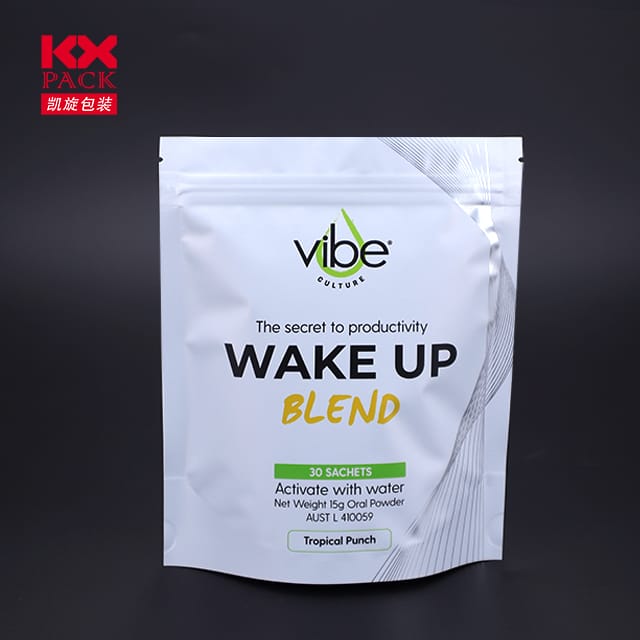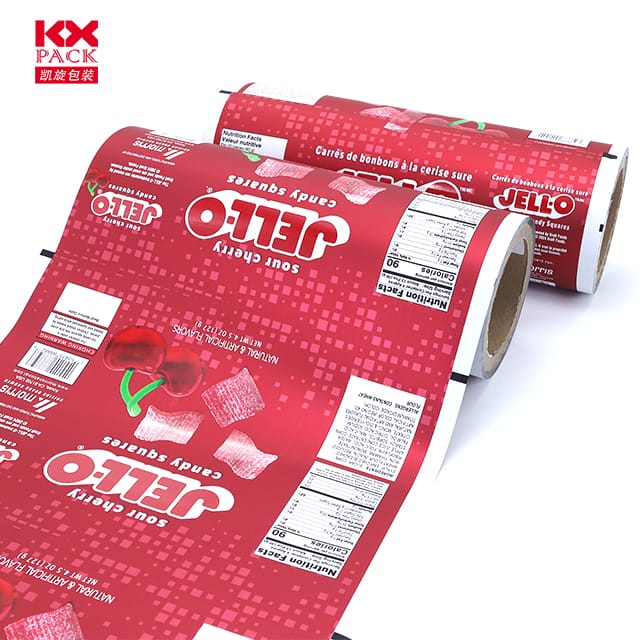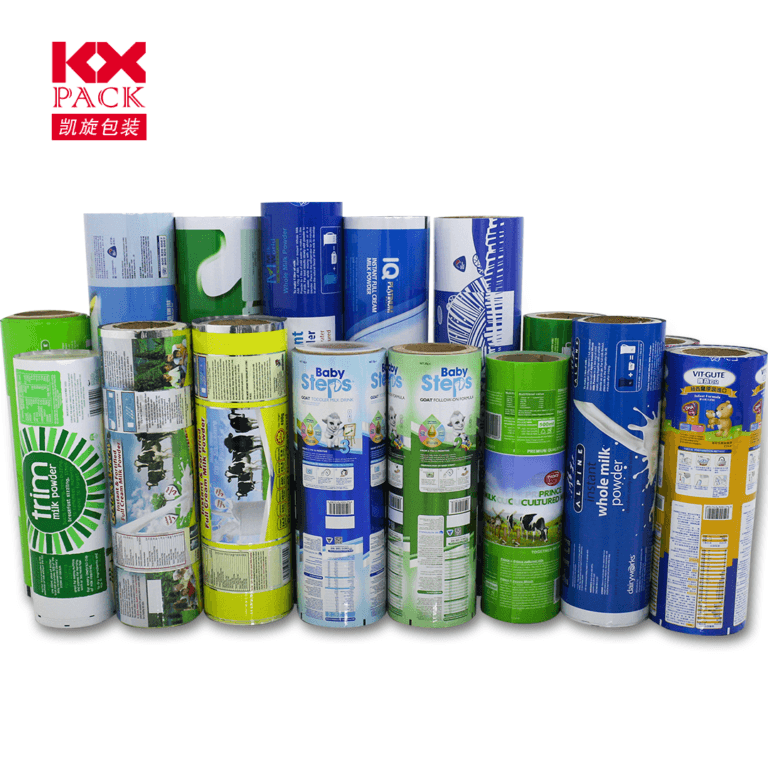ההתפתחות של סרטי אריזה: חידושים המניעים את הקיימות, פונקציונליות, וערעור צרכני
סרטי אריזה
In today’s fast-paced consumer landscape, packaging films play a pivotal role in preserving products, שיפור נראות המותג, ועמידה ביעדי קיימות. ממזון ותרופות לאלקטרוניקה ומסחר אלקטרוני, חומרים רב -תכליתיים אלה הם הגיבורים שלא הושלמו של האריזה המודרנית. אבל מה שהופך את סרטי האריזה לכל כך הכרחיים, and how are manufacturers innovating to keep up with evolving demands? Let’s dive into the world of packaging films—exploring their types, הטבות, אתגרים, ומגמות עתידיות.
1. What Are Packaging Films?
Packaging films are thin, flexible materials used to wrap, לֶאֱטוֹם, or protect products. They can be made from various polymers, לְרַבּוֹת:
- פוליאתילן (פ): Common in grocery bags and food wraps due to its flexibility and moisture resistance.
- פוליפרופילן (עמ'): Known for its clarity and strength, often used in snack packaging and labels.
- פּוֹלִיאֶסטֶר (חיית מחמד): Offers high tensile strength and heat resistance, ideal for blister packs and ovenable trays.
- סרטים מתכלים: Made from materials like PLA (חומצה פולילקטית) או תערובות עמילן, targeting eco-conscious markets.
- Multi-Layer Films: Combining different polymers to optimize barrier properties (לְמָשָׁל., חַמצָן, לַחוּת, אוֹר) for extended shelf life.
2. Key Functions of Packaging Films
Modern packaging films do much more than just contain products. They serve multiple critical roles:
- הֲגָנָה: Shielding items from contamination, לַחוּת, קרני UV, ונזק גופני.
- שְׁמִירָה: Extending shelf life for perishables like fresh produce, בשרים, ותרופות.
- נוֹחוּת: Enabling easy-to-open, ניתן לסגירה מחדש, or single-serve packaging formats.
- מיתוג: Providing a printable surface for logos, product info, and eye-catching designs.
- קיימות: Reducing waste through lightweighting, recyclability, or compostability.
3. Innovations Shaping the Future of Packaging Films
The packaging industry is undergoing a transformation, driven by consumer demand for sustainability and advanced functionality. Here are some game-changing trends:
א. Sustainable Alternatives
- סרטים מתכלים וקומפוסטטיים: Brands are switching to plant-based materials to reduce plastic pollution. לדוגמה, Coca-Cola and Nestlé have trialed compostable coffee pods and snack wrappers.
- תוכן ממוחזר: שימוש לאחר הצרכן ממוחזר (PCR) plastics in film production to close the loop.
- היברידיות מבוססות נייר: Combining paper with a thin plastic barrier for recyclability without sacrificing performance.
ב. Smart Packaging Films
- אריזה פעילה: סרטים משובצים בנוגדי חמצון, חומרים אנטי מיקרוביאליים, or oxygen scavengers to prolong freshness.
- Intelligent Films: Temperature-sensitive indicators, קודי QR, or NFC tags for traceability and consumer engagement.
- שיפורי מחסומים: Nanotechnology-coated films that block gases and odors more effectively than traditional materials.
ג. Lightweighting and Efficiency
- מְדַלֵל, סרטים חזקים יותר: Advances in polymer science allow for down-gauging (reducing thickness) without compromising strength, saving material costs and reducing environmental impact.
- Mono-Material Structures: Simplifying recycling by using a single type of polymer instead of multi-layer blends.
4. Challenges in the Packaging Film Industry
Despite innovations, several hurdles remain:
- עלות לעומת. קיימות: Eco-friendly materials often come at a higher price point, making adoption slower for budget-conscious brands.
- תשתית מיחזור: Many biodegradable films require industrial composting facilities, which are scarce in some regions.
- Performance Trade-offs: Some sustainable films may lack the barrier properties or durability of conventional plastics.
- Regulatory Complexity: Navigating global regulations on plastic use, תִיוּג, and waste management.
5. The Consumer Perspective: What Do Shoppers Want?
Today’s consumers are more environmentally aware than ever. Surveys show:
- 70% of shoppers prefer brands with sustainable packaging.
- 60% are willing to pay more for eco-friendly options.
- Transparency matters: Consumers want clear labels about recyclability and compostability.
Brands that prioritize sustainability—without sacrificing convenience or aesthetics—are winning loyalty.
6. הדרך קדימה: A Circular Economy for Packaging Films
The future of packaging films lies in aכלכלה מעגלית model, where materials are reused, ממוחזר, or composted. Key strategies include:
- עיצוב למיחזור: Creating films that are easy to separate and process.
- שיתוף פעולה בכל שרשרת האספקה: Working with recyclers, קובעי מדיניות, and retailers to improve infrastructure.
- השקעה בר&ד: Continuously innovating to bridge the gap between performance and sustainability.
סיכום: Packaging Films in a Sustainable World
Packaging films are at a crossroads—balancing the need for product protection with the urgency of environmental stewardship. As technology advances and consumer expectations evolve, the industry must adapt to deliver solutions that are both functional and future-proof.
What’s your take on packaging films? Do you prioritize sustainability when shopping, or do you think there’s room for improvement in eco-friendly options? שתף את המחשבות שלך למטה!






